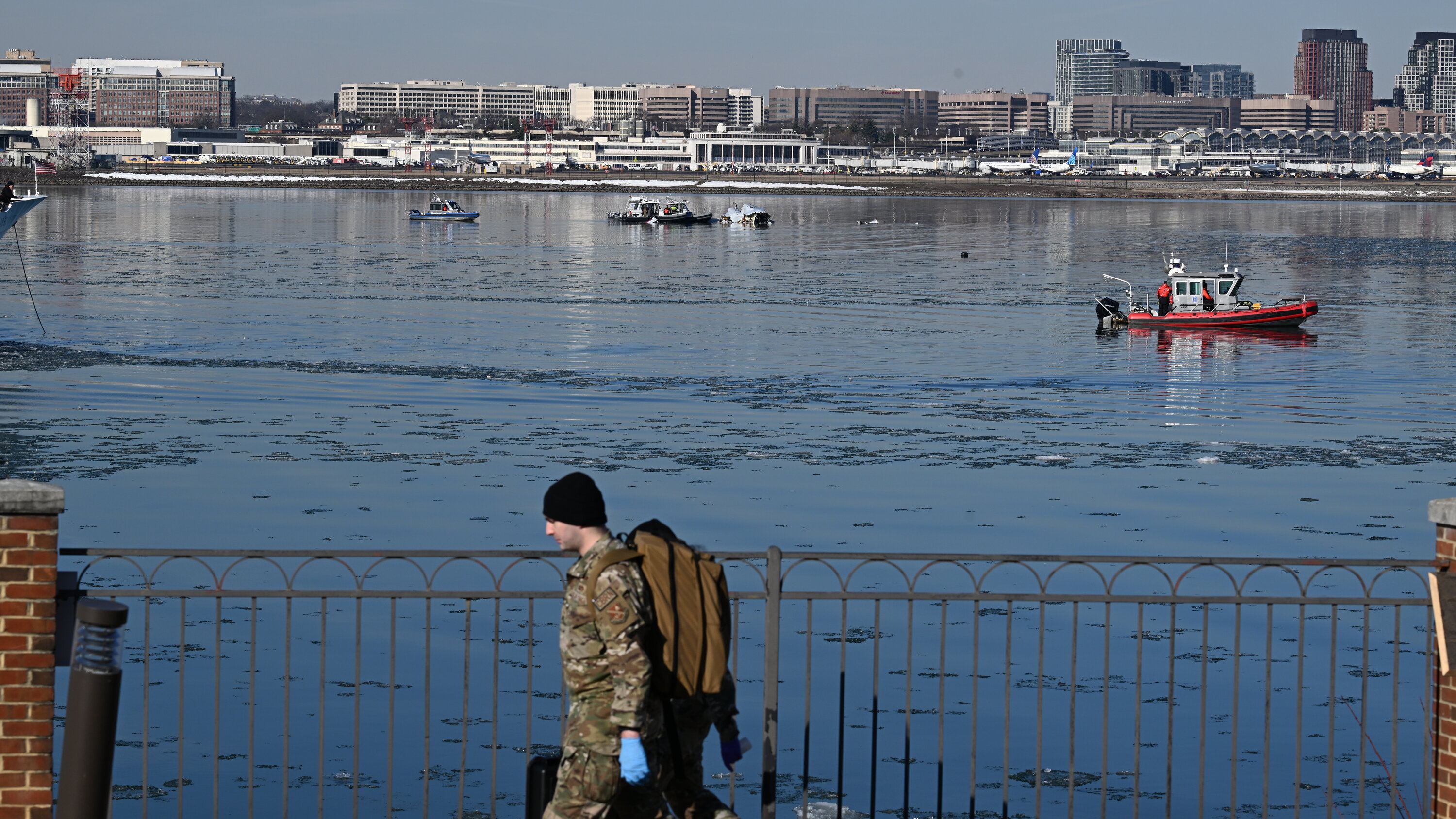- Messages
- 3,719
SoFrom The NY Times:
Staffing at the air traffic control tower at Ronald Reagan National Airport was “not normal for the time of day and volume of traffic,” according to an internal preliminary Federal Aviation Administration safety report about the collision that was reviewed by The New York Times.
The controller who was handling helicopters in the airport’s vicinity Wednesday night was also instructing planes that were landing and departing from its runways. Those jobs typically are assigned to two controllers, rather than one.
This increases the workload for the air traffic controller and can complicate the job. One reason is that the controllers can use different radio frequencies to communicate with pilots flying planes and pilots flying helicopters. While the controller is communicating with pilots of the helicopter and the jet, the two sets of pilots may not be able to hear each other.
Like most of the country’s air traffic control facilities, the tower at Reagan airport has been understaffed for years. The tower there was nearly a third below targeted staff levels, with 19 fully certified controllers as of September 2023, according to the most recent Air Traffic Controller Workforce Plan, an annual report to Congress that contains target and actual staffing levels. The targets set by the F.A.A. and the controllers’ union call for 30.
The shortage — caused by years of employee turnover and tight budgets, among other factors — has forced many controllers to work up to six days a week and 10 hours a day.
The F.A.A. did not immediately respond to a request for comment.

Staffing Was ‘Not Normal’ at Reagan Airport Tower, According to F.A.A. Report
The report, reviewed by The New York Times, said that one controller was communicating with both helicopters and planes. Those jobs are typically assigned to two people, not one.www.nytimes.com
Likely this..Thanks for the link

